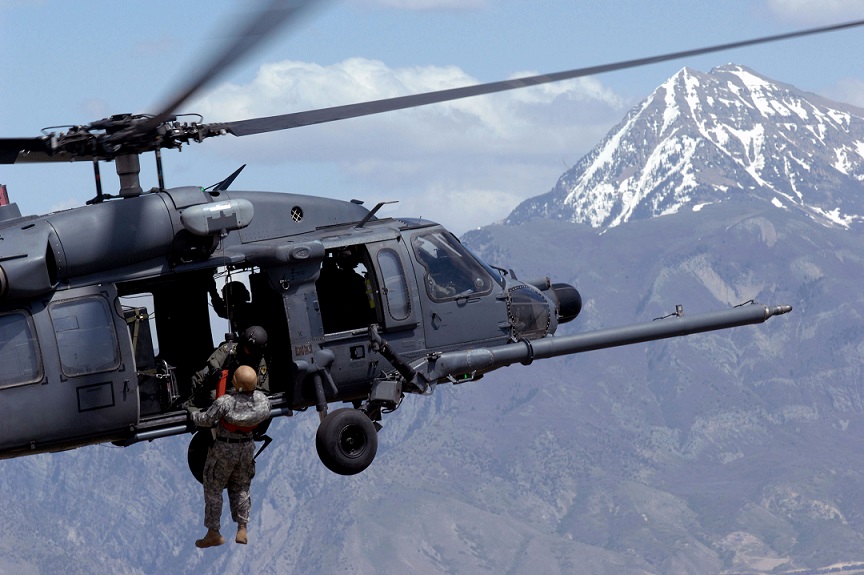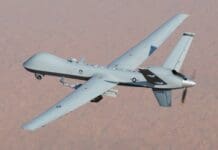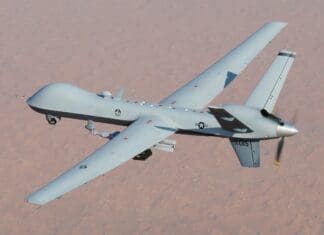
This post is also available in:
 עברית (Hebrew)
עברית (Hebrew)
A new wearable search and rescue solution has been developed for Combat Search and Rescue (CSAR) operations when GPS signals are unavailable. The battlefield technology can significantly enhance military operations by avoiding the loss of sensitive information and technology, avoiding hostage situations and helping to prevent conflict escalation.
Orolia, developing Assured Positioning, Navigation and Timing (PNT) solutions, has introduced its new SecureFind Combat Rescue Beacon. The wearable base unit includes an open channel search and rescue solution, for military use in training or test mode.
It enables military forces to precisely and safely execute CSAR missions, with optional Assured PNT technology that prevents GPS signal interference, spoofing and jamming.
It can also be configured with a customer-defined, secure channel solution for covert operations, according to americansecuritytoday.com.
This versatile solution operates with a silent, push-button functionality that does not require voice activation.
The device can also change signals on-the-go for additional security, detect and mitigate GPS jamming and spoofing, and generate important strategic information such as virtual battlefield maps of jamming and spoofing activity.
“Software-defined, wearable communications technology is now more important than ever on today’s air, land, sea and cyber battlefields,” said Orolia CEO Jean-Yves Courtois.
“CSAR missions are just the beginning of potential uses for this resilient military technology, which can ensure reliable positioning, navigation and timing data in any operating environment.”
The platform is a flexible, open architecture that integrates easily with legacy systems, meeting critical technology requirements.

























